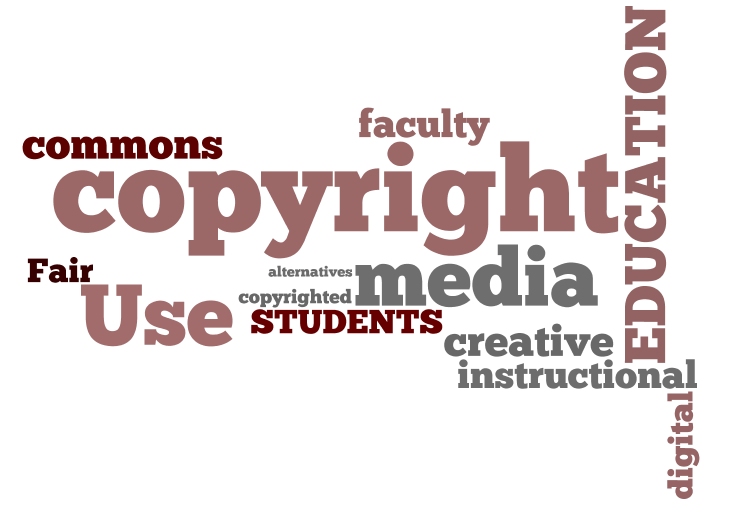
Copyright Fair Use Factors
In the courts of the Southern District of New York, rap recording artist Dennis Coles, better known as “Ghostface Killah,” won the right to use parts of a copyrighted work as part of a rap creation. In his song “The Forest,” Coles uses parts of the song “What a Wonderful World,” made famous by Louis Armstrong, under the “fair use” doctrine. Noting that Coles’ version of a dark, drugged world stood in marked contrast to the optimistic and positive nature of “Wonderful World,” the court reviewed the standards for fair use, particularly examining the exception for parody. The court dismissed the plaintiff’s argument that “The Forest” did not use enough of the underlying work to be a true and full parody, finding that no minimum or maximum amount of work copied was required to define the “fair use” exception, and that to require a minimal amount of work to qualify for either parody or infringement would defeat the purpose of the doctrine. The court’s decision highlighted two critical factors in every “fair use” determination.
The first is the so-called transformative nature of the alleged infringement. Coles’ use of “Wonderful World” in his rap was a near reversal of the entire tone and meaning of the underlying work. In other words, the allegedly infringing use had become essentially a new work. There was virtually no chance of mistaking one work for the other.
The second is consideration of what effect the alleged infringement will have on the marketability of the underlying work. The court found that there would be no effect on any non-parody version of “Wonderful World,” even going so far as to hypothesize a commercially successful non-parody rap version of the song, and therefore found that the copyright holder was not injured in his or her sales of the music.
In addressing, and dismissing, plaintiff’s arguments as to amount of work copied, the court drew attention to the common myth that a certain amount of work must be copied in order to find infringement, or, conversely, that copying below a certain amount can grant immunity to infringement under the “fair use” doctrine. There is no absolute length or content test for infringement! Key questions remain: (a) a substantial similarity to the work in question, (b) the purpose of copying, (c) any transformative nature of copying, and (d) any risk of confusion to the public or of economic loss to the original copyright holder.
